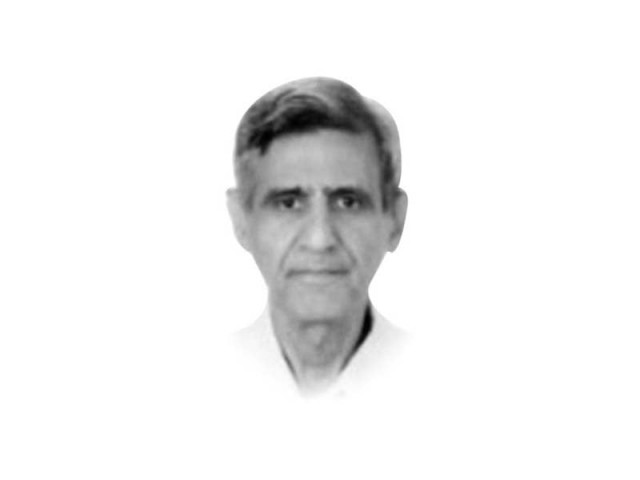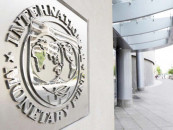ICS: legend or legacy
The authority of ICS evokes a legendary class of a few hundred who ruled over millions of Indians

The East India Company’s commercial voyages to India in the beginning of the 17th century were a precursor to the rising sun of the British empire. It then took more than 300 years to set. The small number of the company’s security outfit transformed into a mighty army and the mercantile jobs were redefined as the fabulous Indian Civil Service, better understood in short as ICS. The timeframe of this metamorphosis was long though. The army’s role remained that of the founding fathers while the ICS served as the guardians of the entire structure so cleverly crafted. As for the dwindling Mughal empire, the saga was a kind of self-imposed commercial subjugation that later turned into a militarised vanquishment of the entire Subcontinent.
The majestic splendour and unfettered authority of ICS evokes a legendary class of a few hundred who ruled over millions of Indians and splendidly managed 11 provinces, many inhospitable tribal regions and some 250 districts. Not to forget the suzerainty over 584 princely states which were more or less independent but still under a British administrative bulwark. The first Indian to enter the echelon of an all-white dominated ICS was Satyendranath Tagore from Bengal (elder brother of Nobel laureate Rabindranath Tagore) who qualified the most coveted exam from London in 1863, despite it being thrown open to the Indians in 1855. But the insuperable challenges of an arduous sea journey from India to London with enough financial resources made the prospects quite daunting and bleak for an average Indian. The first Muslim to achieve this feat in London was Mohsin Tayabji from Bombay in 1887. Another Muslim, Abdullah Yusuf Ali, also from Bombay, earned a scholarship to study at Cambridge University where he excelled as a student. He sat the ICS exam in London in 1895, and joined the service. He had a very sad life but his glorious English translation of the Holy Quran, besides many other scholarly books he authored, will always keep his name alive. By the end of the 19th century, 12 Hindus and three Muslims were able to rub shoulders with the British ICS officers but certainly not without feeling daunted and discriminated.
British historian Martin Wainwright noted that by the middle of 1880, “the basis of racial discrimination in the Subcontinent had solidified”. Ratnavelu Chetty of Madras fell victim to this horrific trait. Chetty had an outstanding educational pursuit in England with a bar at law from Lincoln’s Inn and a degree from Balliol College, Oxford University. Chetty cleared his ICS exam from London in 1876, and joined the elitist service. While serving as assistant commissioner in some region near his hometown in 1880, he shot himself at his residence one night as he could not bear the racial insult from his English boss, a district magistrate. Although the actual events that drove Chetty to take his own life in acute despair are shrouded in mystery but his self-esteem was grossly trampled which the young man could neither bear nor expunge from his heart and soul. It was not the physical bondage but the shackled Indian mentality that overstretched the British rule in India. So much glorification of the white-skinned ICS officers had spread that if an Indian ICS officer was posted to a field duty it was decried by the locals. The rulers of the large princely states always resented a local being posted as a British representative instead of a white officer.
In the aftermath of the 1857 mutiny, the EIC rule came to an end and the entire political and administrative edifice passed on to the Crown but the subsidence of legal and moral authority had begun. However, the viceroy in India and the secretary of state in London were now more sensitised to Indian polity and their social aspirations. The process of Indianisation started taking roots. From 1922 onwards the ICS exams were simultaneously held in London and Allahabad. The venue was later moved to Delhi. It is worth noting that during the entire history of ICS intakes (1855 to 1943), the only Indian to have topped the combined exams was KPS Menon in 1922 from Allahabad, achieving this rare honour. The Islington Commission (1917), Montagu-Chelmford Commission (1918) and Lee Commission (1923) were all delegated with the task of gradually increasing the number of Indians in ICS for bridging the gap between the British and the Indians.
It is amazing that at the time of Partition in 1947, the total number of ICS officers including all races and minorities was 980 only. The number of Muslims in ICS would have been dismally lower than 101 in 1947 (Hindus were 352 then) if Sir Alexander Phillips Muddiman had not moved a resolution in the Council of State in 1925, as its home member to reserve 25% share for Muslims through nomination. Such nominations were made among the Muslim candidates who qualified the exam but were unable to make it on merit. This balancing act was not out of love for the Muslims but reflected the policy of divide and rule.
















COMMENTS
Comments are moderated and generally will be posted if they are on-topic and not abusive.
For more information, please see our Comments FAQ